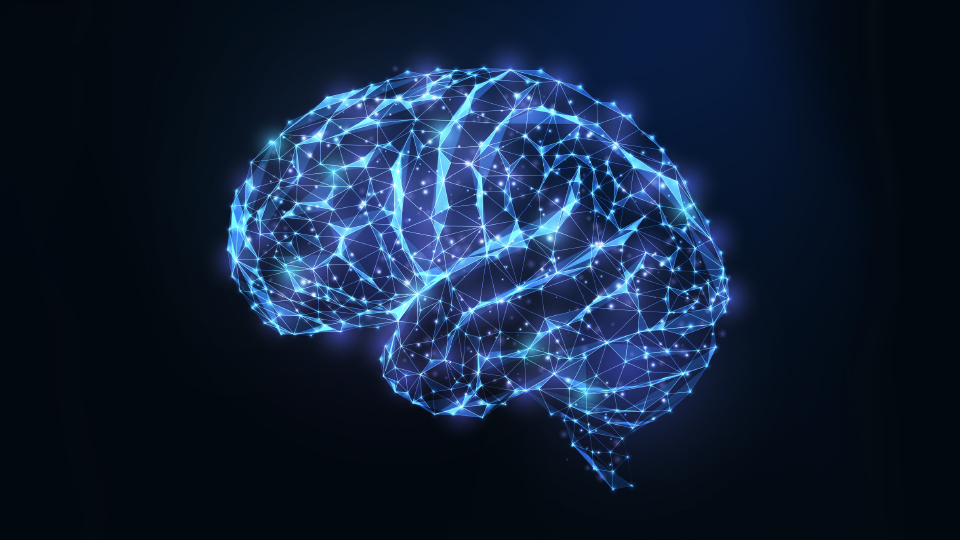Disorders of consciousness: diagnosis and treatment
DOI:
https://doi.org/10.37051/mir-00139Keywords:
Disorders of consciousness, Mesocircuit hypothesis, Amantadine, Multimodal Magnetic Resonance Imagery, Positron-Emission TomographyAbstract
Prolonged disorders of consciousness (DoC) are defined by a lack of functional communication 28 days after a severe acute brain injury.
Etiology, lesions’ typology and severity of DoC are essential for prognosis. So, it is important to assess these patients accurately. For this purpose, the behavioral scale CRS-R (Coma Recovery Scale - Revised) and neuroelectrophysiology examination are used. Multimodal brain MRI identifies, among other one, thalamo mesencephalic lesions which can lead to prolonged alteration of arousal.
In addition, positon emission tomography (TEP) predicts poor functional outcome when cortical hypometabolism is observed in the default mode (supporting self-awareness) and in the external frontoparietal networks (supporting awareness of the environment).
However, these conventional techniques can be mistaken, leading to growing interest in advanced techniques to study brain morphometry and connectivity.
Amantadine and zolpidem are used to accelerate consciousness recovery but only amantadine has an authorization for temporary use in post-traumatic DOC. Their common pharmacological action supports the "mesocircuit" hypothesis linking disorder of consciousness to a reduction in thalamo-cortical and thalamo-striatal connectivity.


